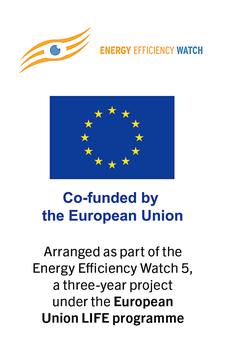Search eceee proceedings
Assessing emerging energy-efficient technologies for industry – application of the EDUAR&D methodology for the case of high temperature electrolysers
Panel: 4. Technology, products and systems
This is a peer-reviewed paper.
Authors:
Oliver Lösch, IREES, Institute for Resource Efficiency and Energy Strategies, Germany
Eberhard Jochem, IREES, Germany
Gregor Zesch, IREES, Germany
Ulrich Schmoch, Fraunhofer Institute for Systems and Innovation Research (ISI), Germany
Abstract
Research and Development (R&D) for energy efficient solutions is not an objective for itself, but it must serve society by reducing energy costs and avoiding GHG emissions. Public R&D funds should be efficiently allocated as far as possible by addressing substantial energy efficiency potentials, by identifying bottlenecks and detectable risks, and by supporting the stakeholder dialogue with comprehensive information.
These objectives can be supported by applying a methodology that has been developed by an interdisciplinary group of energy technologists, economists, and innovation researchers, called the Energy Data and Analysis of Research & Development – EDUAR&D; (Jochem et al. 2009). The methodology has been successfully applied to several energy technologies, such as passive houses, industrial furnaces, the PEM fuel cell, and carbon capture and storage. The paper at hand gives summarised results from an analysis of solid oxide high temperature electrolysers as an innovative and energy efficient means to produce green hydrogen, e.g. for utilization in future primary steelmaking. Where applicable, e.g. for the innovation system, regional specifics for the case of Germany were assessed.
The analysis presented shows a promising energy efficient electrolyser technology for basic industries, in a low-to-medium stage of its technological development, with a considerable increase of R&D and patent activities (but still on a rather low absolute level), low market activities and a very clear need for policies supporting further R&D as well as market entry through industrial scale demonstration plants.
Downloads
Download this paper as pdf: 4-109-20_Loesch.pdf














